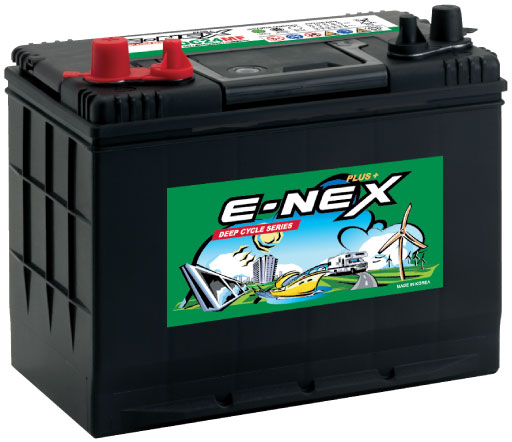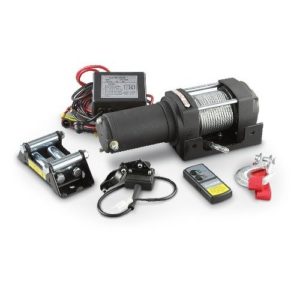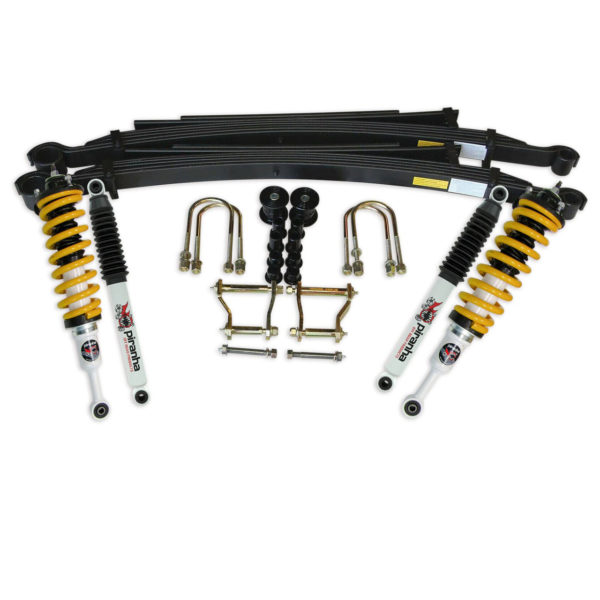Products
Batteries AGM 75AMP / 105AMP from $230
1 in stock
Description
| AGM batteries for caravans
AGM batteries for caravans, camper trailers, motor homes charge faster and deeper than lead acids and are more rugged mechanically and electrically. They have far less internal discharge. If initially fully charged, they retain 60% or more for over 12 months (except in very hot areas). AGM batteries for caravans also have another, and often overlooked advantage. They withstand deeper discharges with less damage than their conventional lead acid counterparts. Their life span however is still related to the frequency and depth of discharge. Trojan says its AGM batteries typically withstand 2000 charge/discharge cycles if routinely discharged by 30% (i.e. 70% remaining) and 1000 cycles at 50%. In essence you buy usable amp hours. As with most batteries, AGMs are damaged by excess charging. Many (such as LifeLine’s) need only 13.0 volts. Some chargers however cannot be set below 13.4 or so volts. Heat too damages batteries: conventional, AGM and gel cell alike. Small increases in temperature have a major influence on their life. The higher the battery temperature, the faster its chemical reactions. Trojan says ‘every month of operation at 35°C is equivalent in battery life to two months at 25°C’. This is true of conventional and AGM batteries alike. Because of this a starter battery is located in the coolest under bonnet space. Any added under-bonnet battery is thus likely to run hotter. If possible avoid locating an AGM battery in a hot place. If external, shield it from direct sun. At typical 12 volt AGM battery weighs about 3 kg per 10 amp hours. This is about 10%-20% more than conventional lead acid batteries. They are also 10%-20% larger, but offset by readily reaching 100% charge, and being able to be discharged more deeply. An AGM battery has a shorter life-span than of top quality, properly charged (and discharged) deep-cycle lead acid batteries. But few of the latter batteries are ever used that way. In practice, AGM batteries for caravans mostly last longer. AGM batteries however cost up to twice that of conventional deep-cycle batteries. AGM batteries for caravans, camper trailers and motor home etc charge from a lower voltage. This initially limited their ability to be charged in parallel with conventional batteries. Battery makers advised against it. So did early editions of my books and articles. This has long since been overcome via a voltage sensing relay. This delays connecting the AGM battery for charging until the starter battery is at a workable state of charge.This is typically within two-three minutes of engine starting. It’s best to avoid paralleling AGM with lead acid deep cycle batteries. Doing so results in one battery or the other not working as well as it otherwise could. How AGM batteries workAGM batteries have their electrolyte (water/acid mix) held within a glass fibre matrix. Whilst charging, oxygen is produced on the positive plate. That, aided by pressure formed within the airtight cells, recombines with hydrogen from the negative plate, forming water (otherwise lost via gassing). This recombining enables the batteries to continue to be charged at a high rate without water loss. AGM batteries charge deeply and speedily from most pre-2010-2012 vehicle charging systems. Most later vehicle however are fitted with alternators that may be limited to as low as 12.7 volts. These require an adequately-rated dc-dc alternator charger. AGM battery locationAGM (and gel cell) batteries may be orientated anyway except upside down. They must be in a well-ventilated compartment. Whilst they are normally sealed, pressure release valves open if internal pressure becomes dangerously high. (Early industry advice – that AGM batteries do not need ventilation – has long since been withdrawn. All manufacturers now insist that adequate ventilation is vital.)
|
Reviews (0)
You must be logged in to post a review.






Reviews
There are no reviews yet.